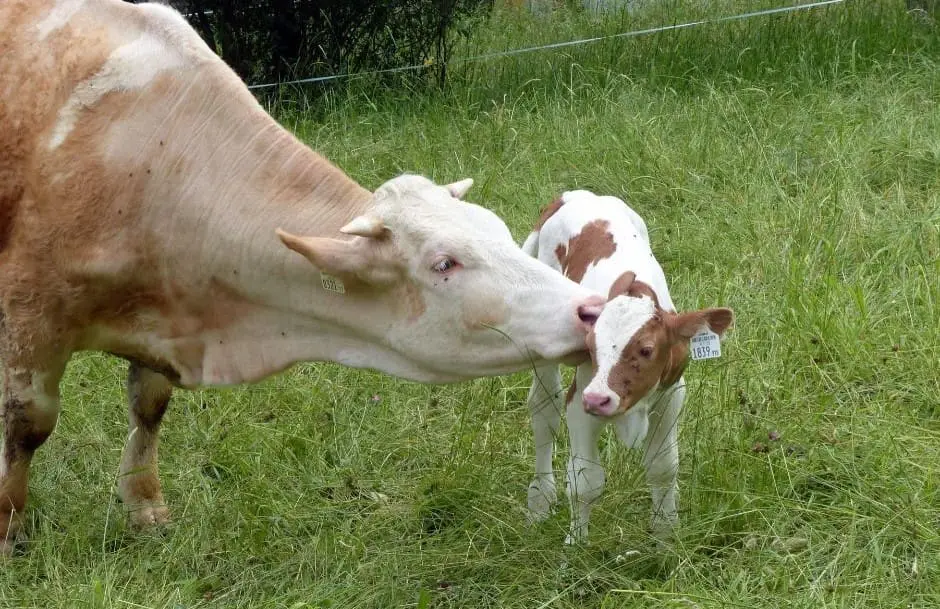In the beef cattle industry, calves are usually born in planned seasons during spring or fall, as noted by experts from Kansas State University. Phillip Lancaster, a nutritionist, explained that a cow’s nutritional needs change based on when she gives birth.
Cows need more nutrients about 60 days after calving. Those who give birth in September and October may need extra feed in the fall, while spring calvers can manage with lower-quality food. Farmers with fall-calving cows should plan for the extra costs to keep these cows in good shape for breeding in December and January.
Cows that calve in the fall often start the season healthier than spring-calving cows, especially if they had good forage in the summer. This helps them handle weight loss better. Calves born in the fall also do well when they move to rich pastures in early summer.
K-State veterinarian Brian Lubbers noted that calves born in early fall face milder weather, which lowers their risk of diseases like scours compared to those born in winter. He stressed the importance of vaccinations, which work best when given three months before calving, meaning more work may be needed during summer grazing.
Availability of workers can also affect when farmers choose to calve. For those managing both livestock and crops, fall is often a busy time, making it harder to keep an eye on the cows. K-State agricultural economist Dustin Pendell mentioned that calves sold in spring usually get higher prices than those sold in fall, although fall calving costs more in winter feed.













